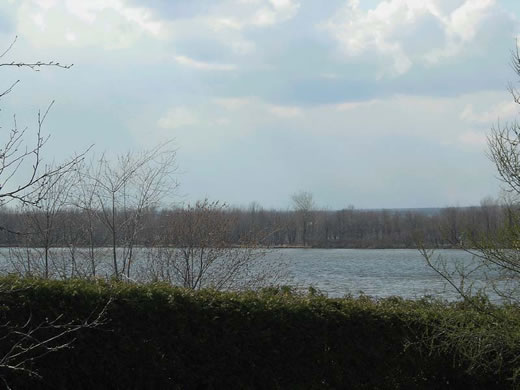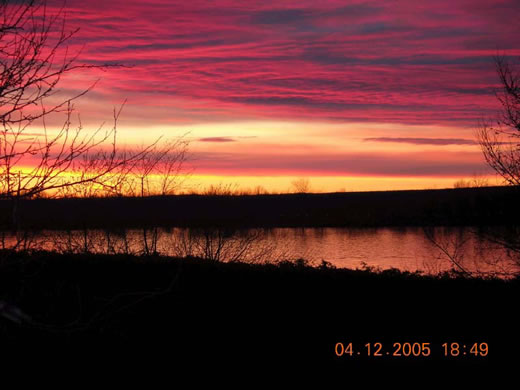 |
P H O T O G R A P H Y C O N T E S T Sponsored by A.J. Hirsch |
Chris Tesseyman
Honorable Mention
2005 OAPT 4U Photo Contest


Light at Play
These two photos were taken from the same spot and focus on the same landscape. The obvious variation between these shots, is that one was taken at day time while the other was taken at dusk.
The red sky in the photo taken at dusk is a result of Rayleigh scattering. When the sunlight travels through the earthís atmosphere it collides with various particles; most commonly are the nitrogen and oxygen particles. These particles absorb the sunís light and reemit the light in different directions. Nitrogen and oxygen particles are able to scatter blue and violet light most easily and since they are the most common particles, blue light is seen during the day. At dusk, the sun is not straight above the earth anymore as it is lower in the horizon. This means that the light emitted from it must travel a further distance in the earthís atmosphere. As it travels through the atmosphere there is now a greater number of collisions between light and particles. There is more opportunity for the light to scatter. So, the yellow and blue light that was getting through to our eyes at noon, has already been scattered and absorbed by the atmosphere and all thatís left is the longer wave length light; which is the red and orange light.